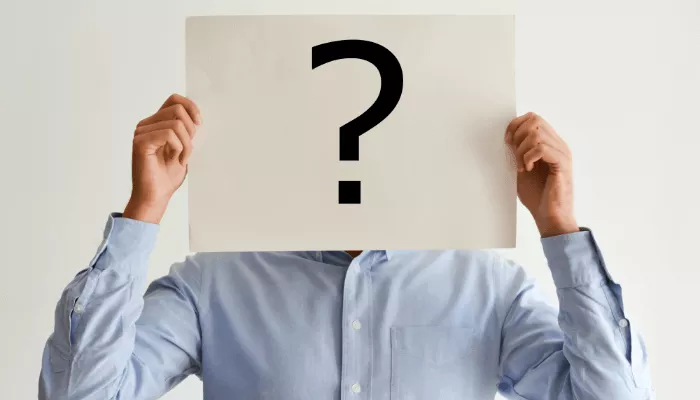Today’s topic is who versus that.Lesley called in with this question:
My pet peeve is who versus that, as in “You know Bob, he’s the guy that sold me my car.” It drives me nuts. Or am I mistaken and it’s just become part of the new English verbiage in the evolution of the language?
I kind of talked about this question in episode 7, but other people have also asked the same thing recently, including Corinne, so I thought it would be worth going into a little further.
The quick and dirty answer is that you use who when you are talking about a person and that when you are talking about an object. Stick with that rule and you’ll be safe.
That as a Pronoun
But, of course, it is also more complicated than that. The who-goes-with-people rule is the conventional wisdom (1,2), but, on the other hand, I did find a credible reference that says otherwise. I was shocked to see that my American Heritage Dictionary says,
It is entirely acceptable to write either the man that wanted to talk to you, or the man who wanted to talk to you (3). [emphasis added]
Wow. So I dug around some more and found that there is a long history of writers using that as a relative pronoun when writing about people. Chaucer did it, for example (4).
So, it’s more of a gray area than some people think, and if you have strong feelings about it, you could make an argument for using that when you’re talking about people. But my guess is that most people who use who and that interchangeably do it because they don’t know the difference. I don’t consider myself a grammar snob-–this is “quick and dirty” grammar, after all-–but in this case, I have to take the side of the people who prefer the strict rule. To me, using that when you are talking about a person makes them seem less than human. I always think of my friend who would only refer to his new stepmother as the woman that married my father. He was clearly trying to indicate his animosity and you wouldn’t want to do that accidentally.
Next: Strange Exceptions
Strange Exceptions
Finally, even if you accept the conventional wisdom, there are some gray areas and strange exceptions. For example, what do you do when you are talking about something animate that isn’t human? That’s a gray area, and it can actually go either way. I would never refer to my dog as anything less than who, but my fish could probably be a that.One strange exception is that you can use whose, which is the possessive form of who, to refer to both people and things (5,6,7,8) because English doesn’t have a possessive form of that. So it’s fine to say, “The desk whose top is cluttered with grammar books,” even though it is obviously ridiculous to say, “The desk who is made of cherry wood.”
So now you understand the details, but you can also remember the quick and dirty rule that who goes with people and that goes with things.
References
- 2. Lynch, Jack. Guide to Grammar and Style. October 31, 2006. < visit this> (accessed November 3, 2006).
- 3. The American Heritage College Dictionary. Third edition. Boston: Houghton Mifflin, 1993, p. 1540.
- 4. Burchfield, R.W. ed. The New Fowler’s Modern English Usage. Third edition. New York: Oxford, 1996, p. 773.
- 5. Lynch, Jack. Guide to Grammar and Style. October 31, 2006 <visit this> (accessed November 3, 2006).
- 6. The American Heritage Book of English Usage. Boston: Houghton Mifflin, 1996. <visit this link> (accessed November 3, 2006).
- 7. Pronouns and Pronoun-Antecedent Agreement. Hartford: Community College Capital Foundation, <visit this link> (accessed November 3, 2006).
- 8. Quinion, Michael. World Wide Words. 4 November 2000 <visit this link> (accessed November 3, 2006).
Image: Geoffrey Chaucer, Unknown at Wikimedia Commons. Public domain.





